Veil House balances openness and seclusion in Winnipeg
A large steel screen shields Veil House, a striking private residence in Winnipeg, Canada, designed by local practice 5468796 Architecture
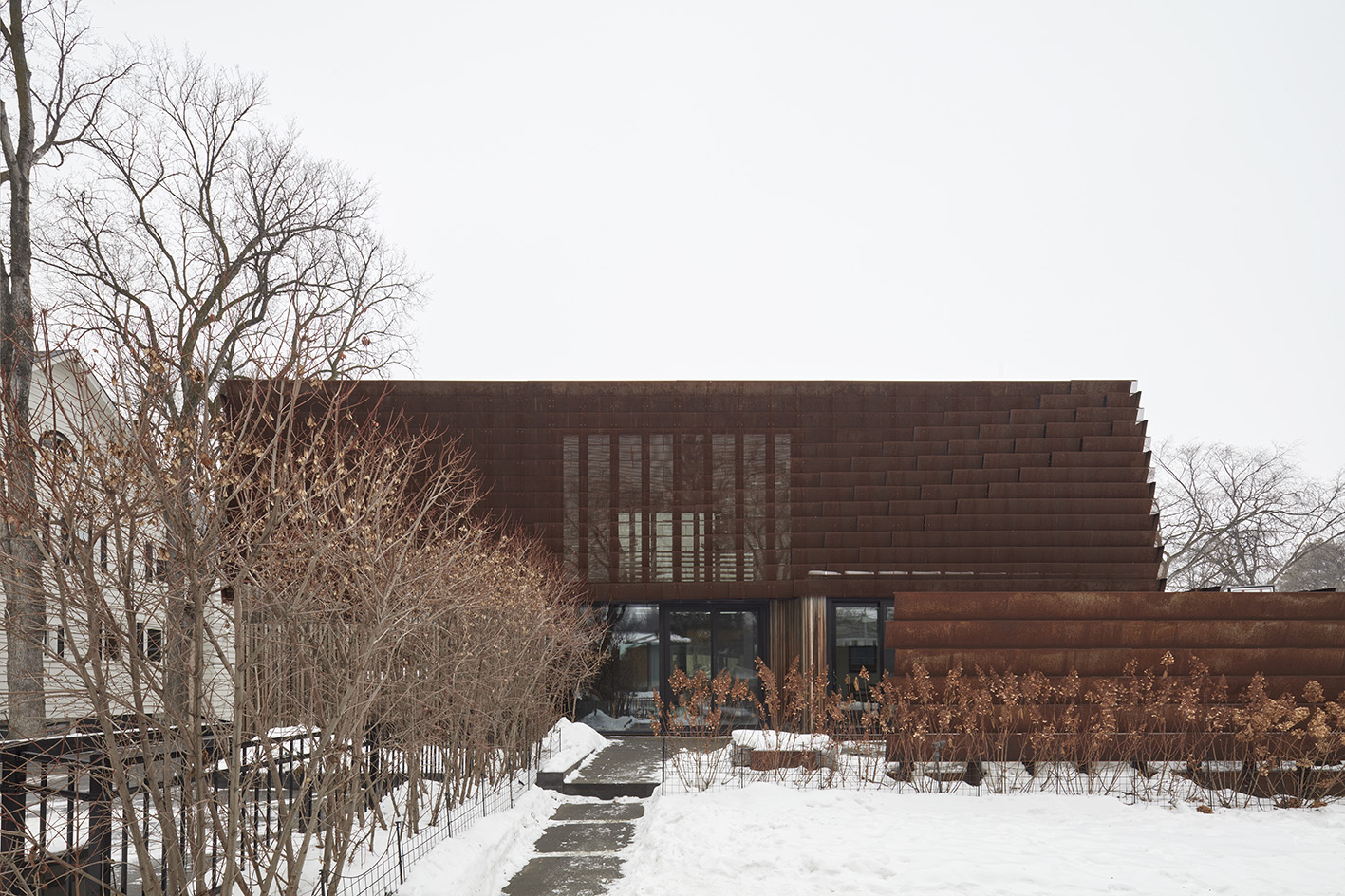
In the fittingly named neighbourhood of Old Tuxedo in Winnipeg, home to some of the city’s wealthiest families, grand old detached properties sit sparsely placed on generous, green plots. It is here, on an empty site next to a historical home dating from 1929, that local practice 5468796 Architecture was called upon to compose its latest residential design, Veil House. ‘The old houses in this neighbourhood are becoming less and less attractive, increasingly feeling smaller and dated,’ says architect Sasa Radulovic, who co-founded the dynamic architecture studio with Johanna Hurme in Downtown Winnipeg in 2007 (Colin Neufeld joined the practice shortly after). ‘In Winnipeg, most houses of that time are timber framed, and that is not necessarily a technology that is meant to last forever. So our clients were after an updated residential design for now and the future.’
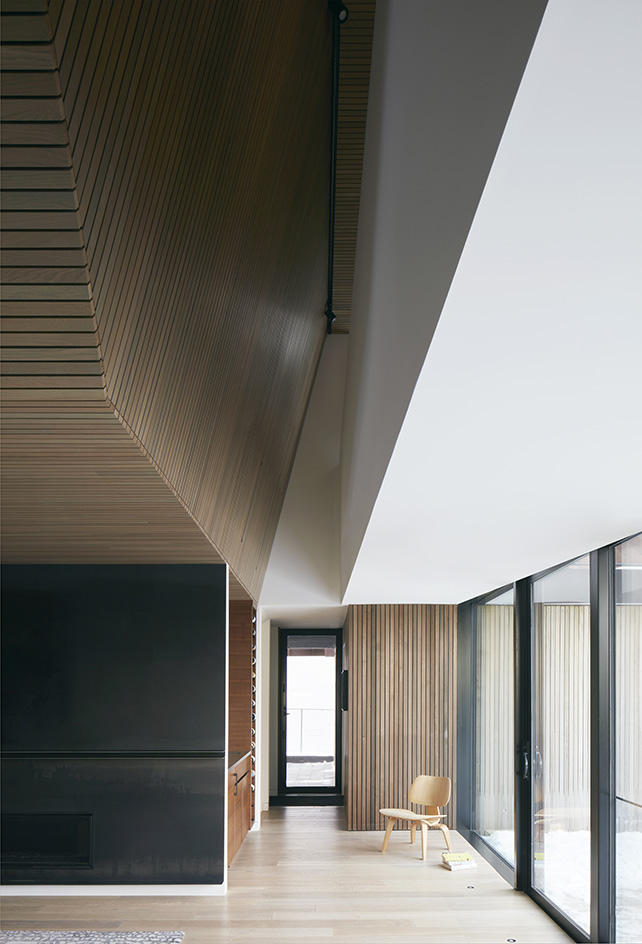
Veil House: the making
The clients were a couple with university-aged children who at times visit and stay. They met the architects through a mutual friend at interiors firm XYZ Design (who collaborated with 5468796 on some of the interiors), and embarked on the project with a distinctly experimental, design-led and open-minded approach. ‘This was not the clients’ first encounter with an architect, so they knew it was going to take a while,’ says Radulovic. ‘We had a snag with the schedule towards the end, but there were no big dramas.’ At the same time, privacy was another big part of the discussion. ‘Our clients are prominent city inhabitants. To be able to see but not be seen was a key component of the house brief,’ he explains.
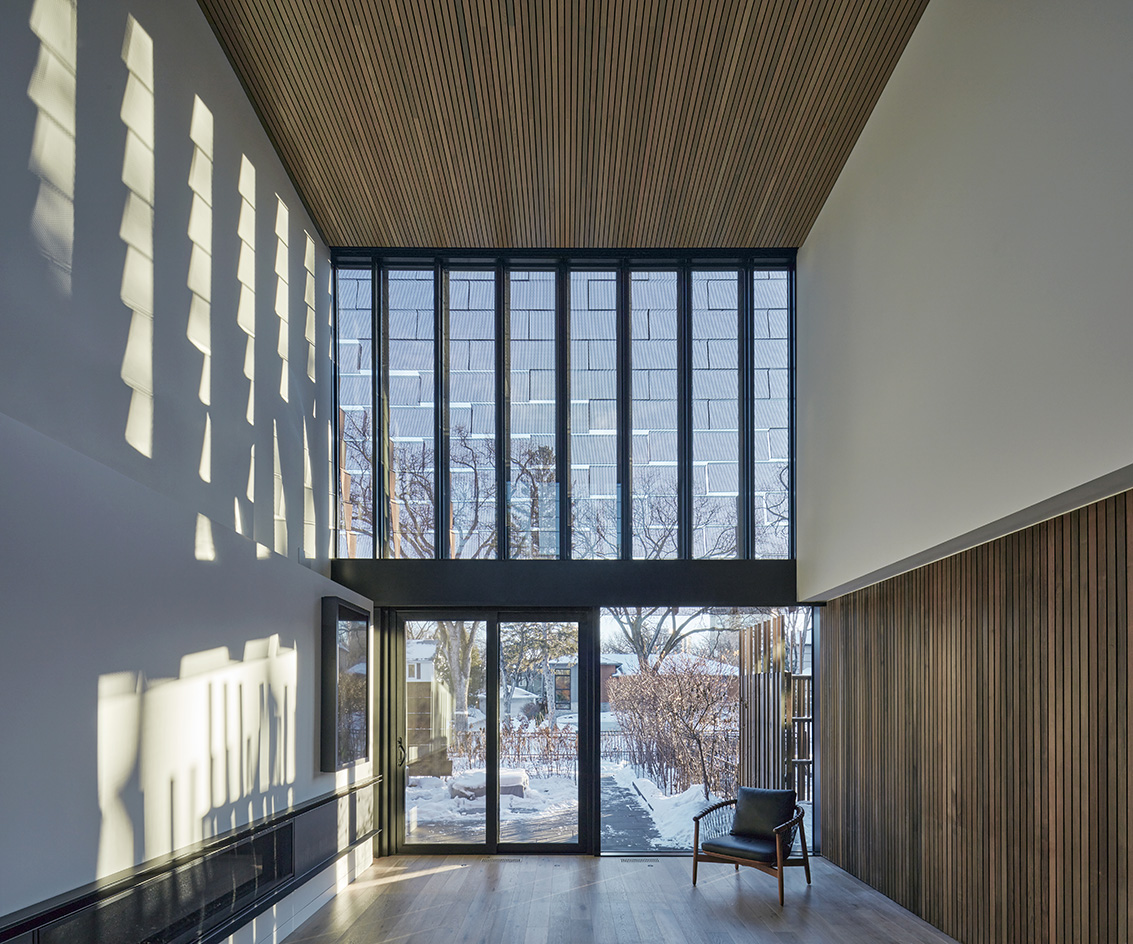
In the 15 years since its founding, 5468796 (which takes its name from its company registration number) has completed a wealth of commercial, cultural and public spaces. The team’s design process is always slow and organic, with the final result developing gradually, the architects taking their time, talking with the different stakeholders and consultants. And while they are not especially known for their residential work – ‘we do about 1.5 houses a year, they are great avenues for exploration,’ Radulovic explains – they are deft hands at creating eye-catching, inventive and often award-winning projects in the domestic realm, such as 62M, a flying saucer-like boutique apartment building on an awkward plot in their hometown.
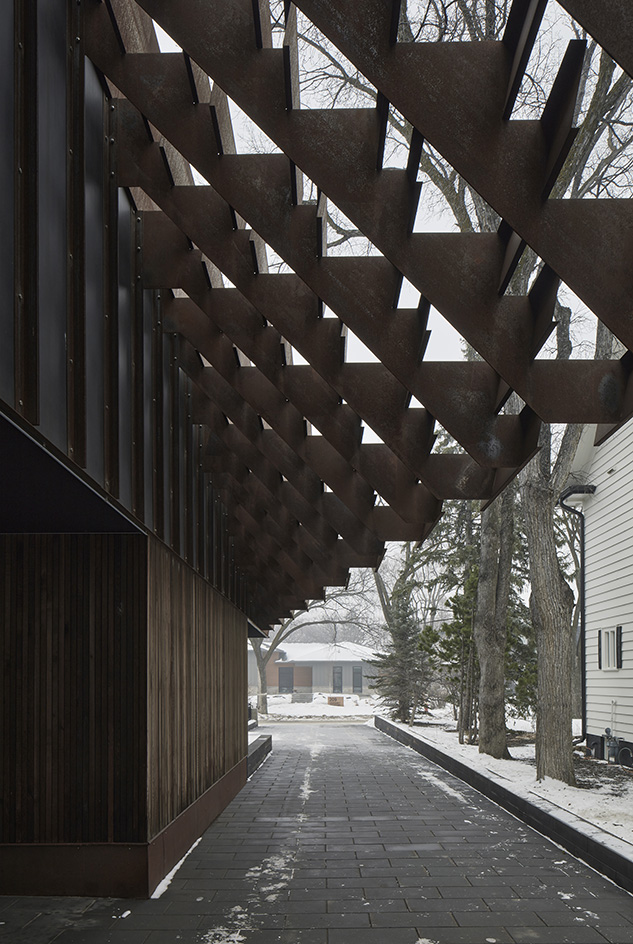
In a similar way, they tackled Veil House’s design slowly, talking to the clients while adapting the architecture, trying and testing things and putting together the home bit by bit. The development period lasted about six months through weekly or biweekly meetings, and to Radulovic, this is evident in the final form. ‘This house is not composed in a classic way, it’s actually composed through a process. Nobody would come up with this from day one. That’s what we like about a process that evolves. We often like to draw our first thoughts and then surprise ourselves by comparing it with the end result.’
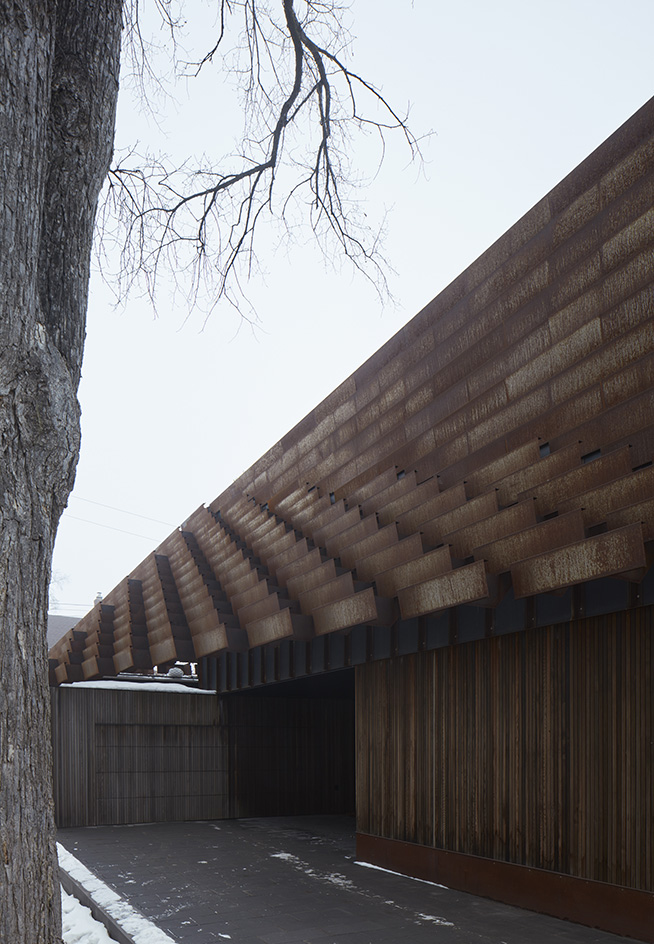
The home is built around a nine-square grid plan. There’s a courtyard in the middle and the living spaces wrap around it, loosely following Palladian principles concerning symmetry and proportion. Instead of creating walls, the architects worked with volumes, or ‘solids’, as they called the different areas that define functions and allow for fluid movement through the house, as well as the all-important privacy.
A staircase connects the three floors, while a ramp acts as an additional circulation route, directly linking the ground floor’s piano nobile with the upstairs master bedroom level. The lower ground floor, containing three guest bedrooms, the entertainment room, a gym and services, can only be accessed via stairs. Cedar cladding makes for a warm, fragrant and unified interior that allows the generous volumes and light-and-shadow play inside to take centre stage.

Above this internal arrangement drapes a layer the architects call the ‘veil’ – a ‘blanket’ of sorts that droops over the different spaces and the courtyard. It is made of weathered steel in identical panels that have been welded on site by specialists. The panels in places start peeling, effectively creating a perforated screen with a shingled effect, but in the reverse of the direction you’d expect. Below and behind it ‘is where all the interesting, intermediate spaces appear,’ says Radulovic. The impact of this element inside is present through its effect on lighting, as well as the interior’s shapes, creating sloped ceilings and unusual moments, and allowing breathing space by adding discreet vistas. Importantly, it plays an important role in the home’s overall identity through its strong, unconventional presence among its traditional context. It also expresses its architects’ playfulness and flair: ‘We think the shape of the veil is similar to the shape of a cape,’ they say, ‘as if Dracula pulls it in front of his face with one hand, hiding his face below the eyes.’
Wallpaper* Newsletter
Receive our daily digest of inspiration, escapism and design stories from around the world direct to your inbox.
A version of this story appears in the April 2023 Global Interiors issue of Wallpaper*, available now in print, on the Wallpaper* app on Apple iOS, and to subscribers of Apple News +. Subscribe to Wallpaper* today
Ellie Stathaki is the Architecture & Environment Director at Wallpaper*. She trained as an architect at the Aristotle University of Thessaloniki in Greece and studied architectural history at the Bartlett in London. Now an established journalist, she has been a member of the Wallpaper* team since 2006, visiting buildings across the globe and interviewing leading architects such as Tadao Ando and Rem Koolhaas. Ellie has also taken part in judging panels, moderated events, curated shows and contributed in books, such as The Contemporary House (Thames & Hudson, 2018), Glenn Sestig Architecture Diary (2020) and House London (2022).
-
 Australian bathhouse ‘About Time’ bridges softness and brutalism
Australian bathhouse ‘About Time’ bridges softness and brutalism‘About Time’, an Australian bathhouse designed by Goss Studio, balances brutalist architecture and the softness of natural patina in a Japanese-inspired wellness hub
By Ellie Stathaki
-
 Marylebone restaurant Nina turns up the volume on Italian dining
Marylebone restaurant Nina turns up the volume on Italian diningAt Nina, don’t expect a view of the Amalfi Coast. Do expect pasta, leopard print and industrial chic
By Sofia de la Cruz
-
 Tour the wonderful homes of ‘Casa Mexicana’, an ode to residential architecture in Mexico
Tour the wonderful homes of ‘Casa Mexicana’, an ode to residential architecture in Mexico‘Casa Mexicana’ is a new book celebrating the country’s residential architecture, highlighting its influence across the world
By Ellie Stathaki
-
 Smoke Lake Cabin is an off-grid hideaway only accessible by boat
Smoke Lake Cabin is an off-grid hideaway only accessible by boatThis Canadian cabin is a modular and de-mountable residence, designed by Anya Moryoussef Architect (AMA) and nestled within Algonquin Provincial Park in Ontario
By Tianna Williams
-
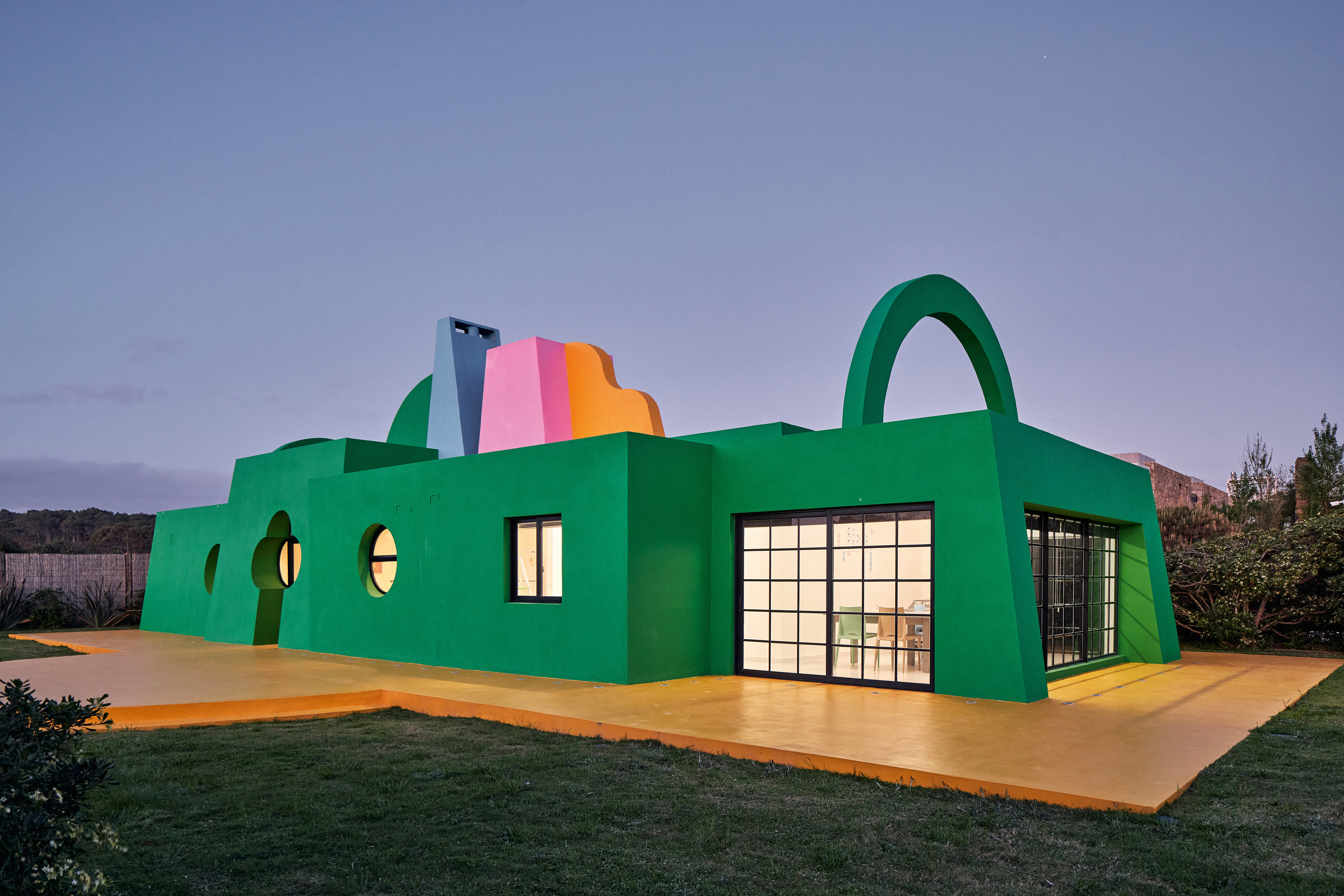 Ten contemporary homes that are pushing the boundaries of architecture
Ten contemporary homes that are pushing the boundaries of architectureA new book detailing 59 visually intriguing and technologically impressive contemporary houses shines a light on how architecture is evolving
By Anna Solomon
-
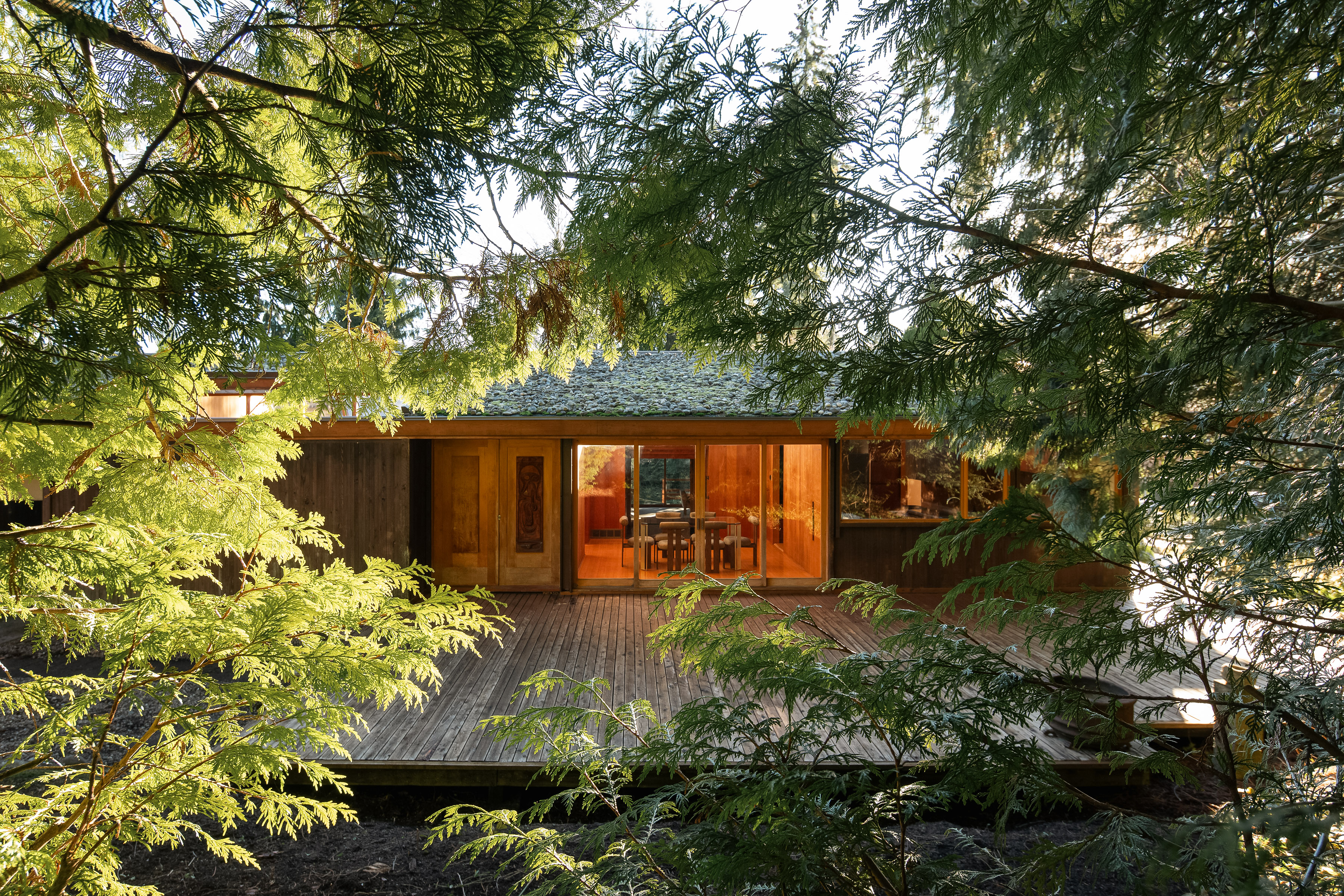 Explore the Perry Estate, a lesser-known Arthur Erickson project in Canada
Explore the Perry Estate, a lesser-known Arthur Erickson project in CanadaThe Perry estate – a residence and studio built for sculptor Frank Perry and often visited by his friend Bill Reid – is now on the market in North Vancouver
By Hadani Ditmars
-
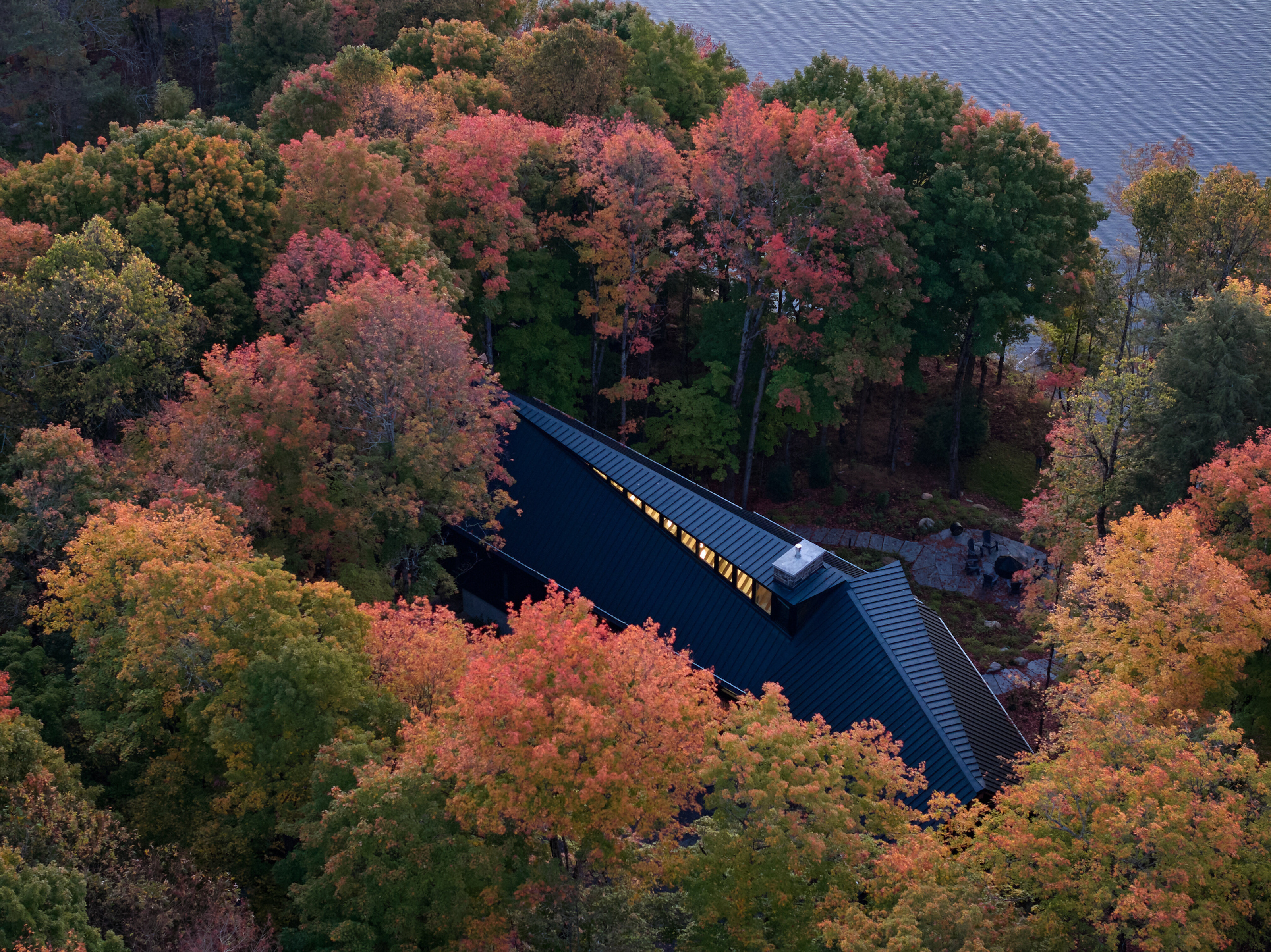 A new lakeshore cottage in Ontario is a spectacular retreat set beneath angled zinc roofs
A new lakeshore cottage in Ontario is a spectacular retreat set beneath angled zinc roofsFamily Cottage by Vokac Taylor mixes spatial gymnastics with respect for its rocky, forested waterside site
By Jonathan Bell
-
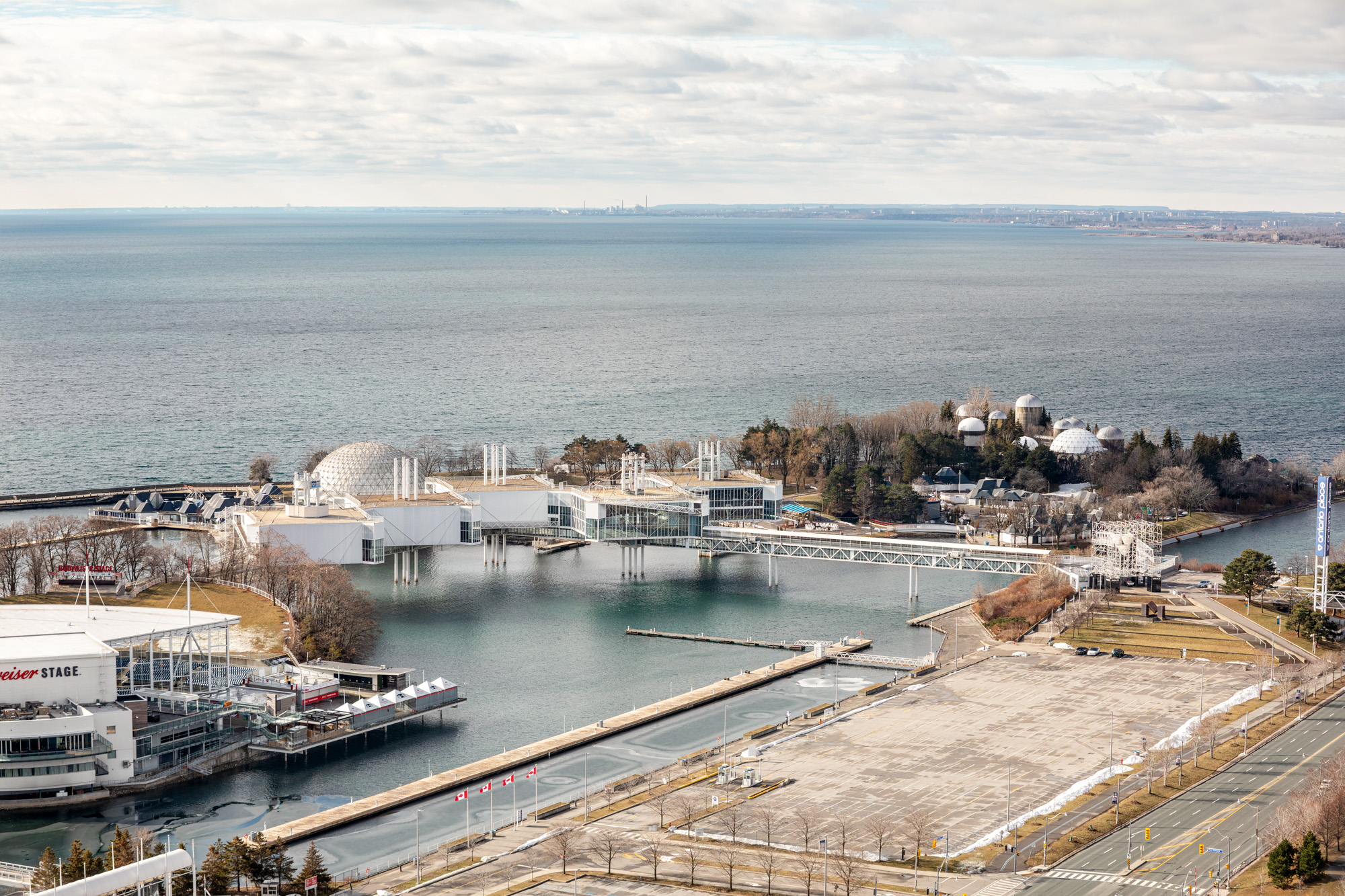 We zoom in on Ontario Place, Toronto’s lake-defying 1971 modernist showpiece
We zoom in on Ontario Place, Toronto’s lake-defying 1971 modernist showpieceWe look back at Ontario Place, Toronto’s striking 1971 showpiece and modernist marvel with an uncertain future
By Dave LeBlanc
-
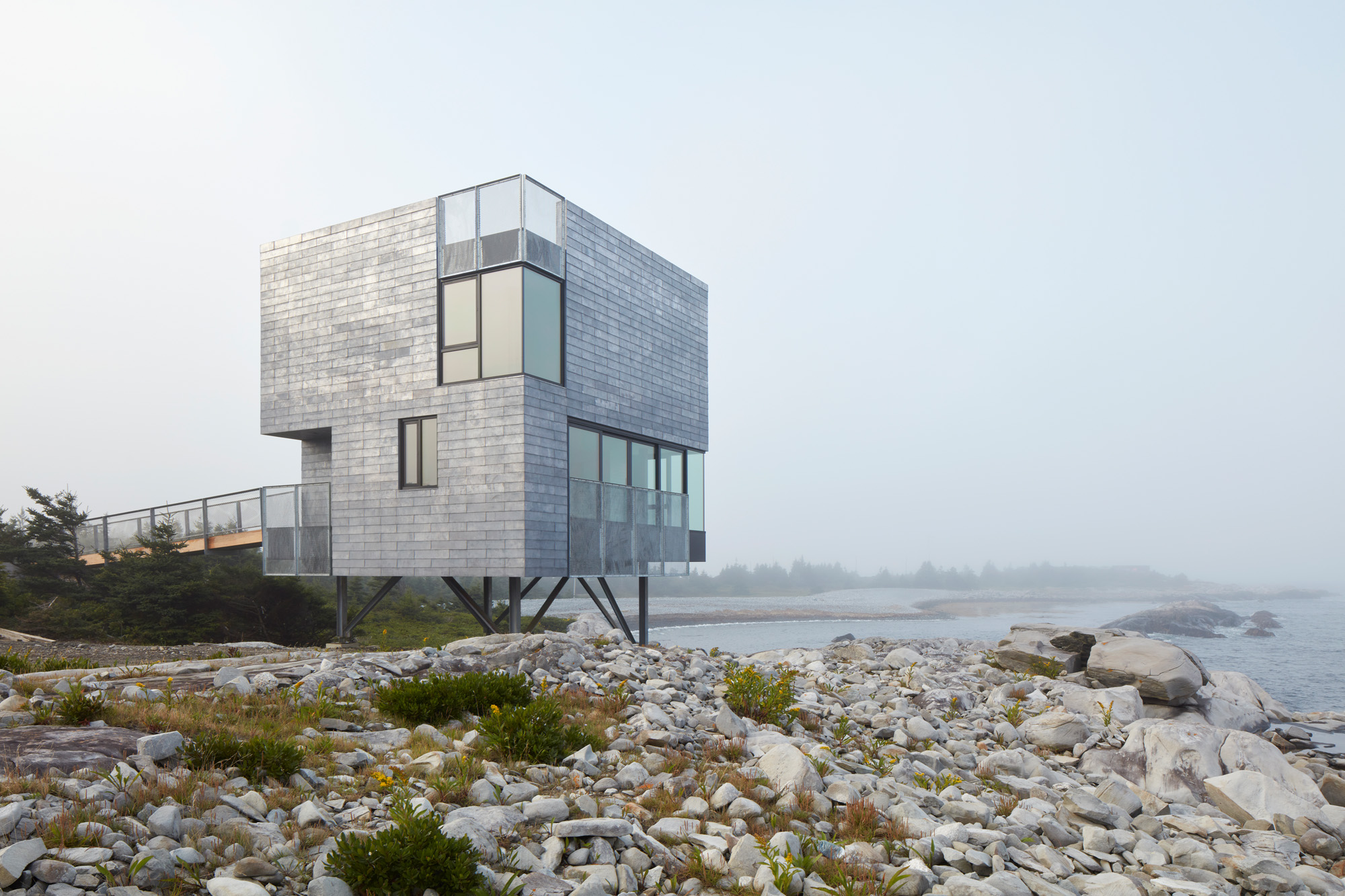 This Canadian guest house is ‘silent but with more to say’
This Canadian guest house is ‘silent but with more to say’El Aleph is a new Canadian guest house by MacKay-Lyons Sweatapple, designed for seclusion and connection with nature, and a Wallpaper* Design Awards 2025 winner
By Ellie Stathaki
-
 Wallpaper* Design Awards 2025: celebrating architectural projects that restore, rebalance and renew
Wallpaper* Design Awards 2025: celebrating architectural projects that restore, rebalance and renewAs we welcome 2025, the Wallpaper* Architecture Awards look back, and to the future, on how our attitudes change; and celebrate how nature, wellbeing and sustainability take centre stage
By Ellie Stathaki
-
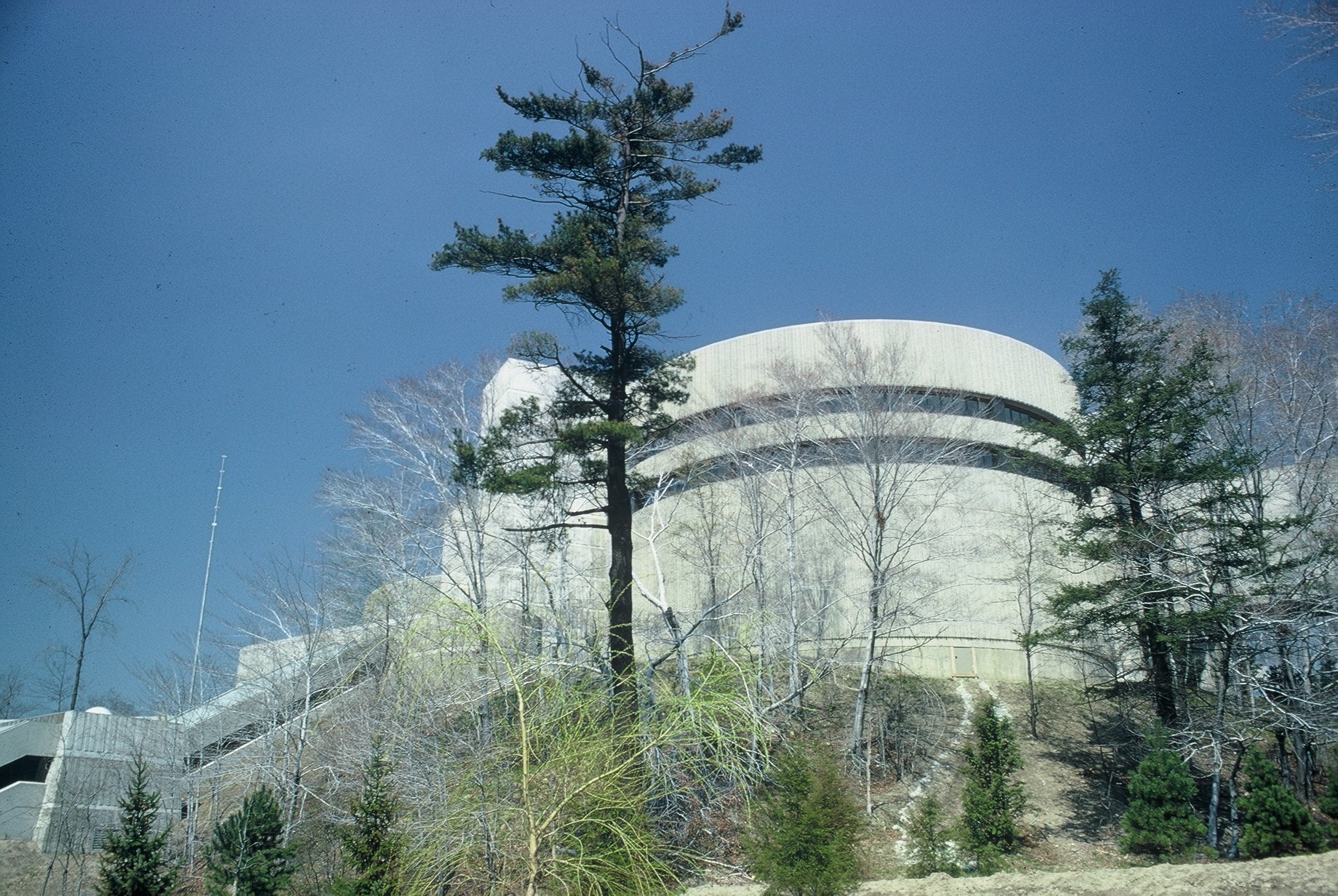 The case of the Ontario Science Centre: a 20th-century architecture classic facing an uncertain future
The case of the Ontario Science Centre: a 20th-century architecture classic facing an uncertain futureThe Ontario Science Centre by Raymond Moriyama is in danger; we look at the legacy and predicament of this 20th-century Toronto gem
By Dave LeBlanc